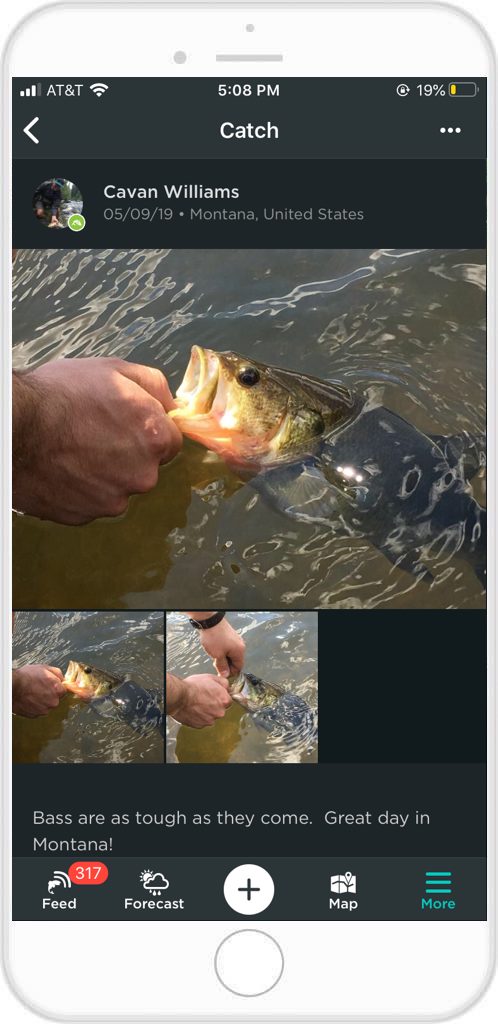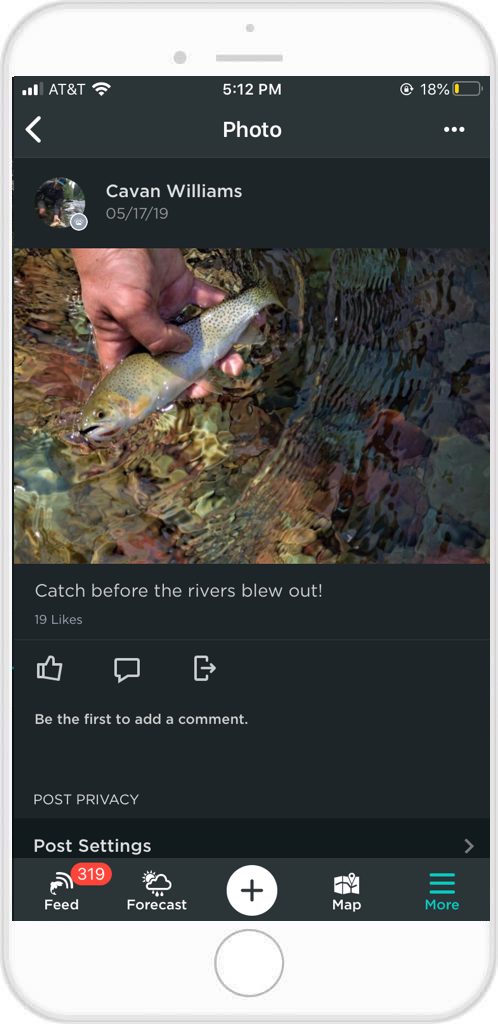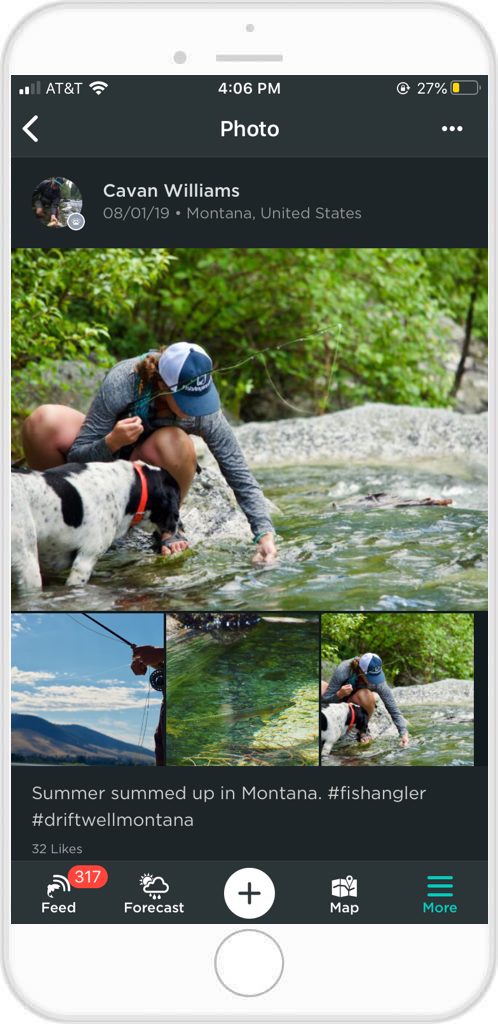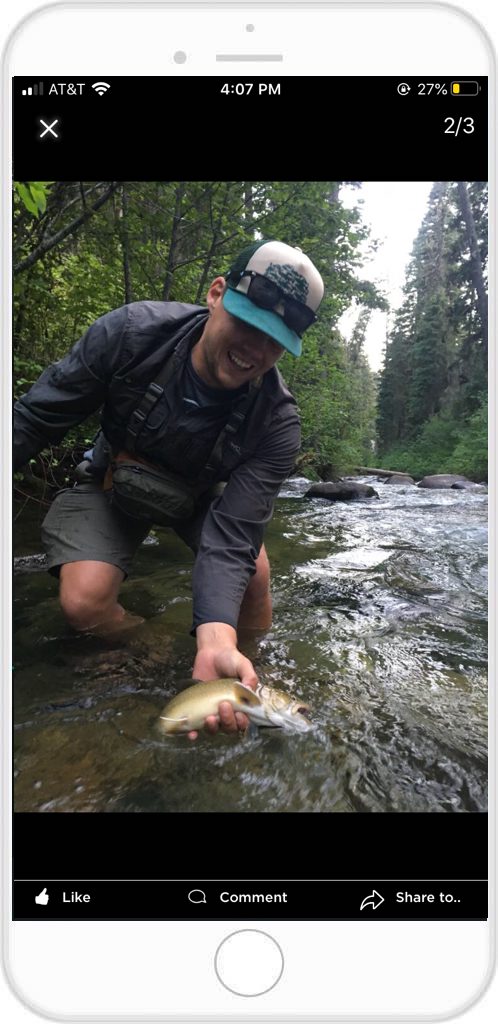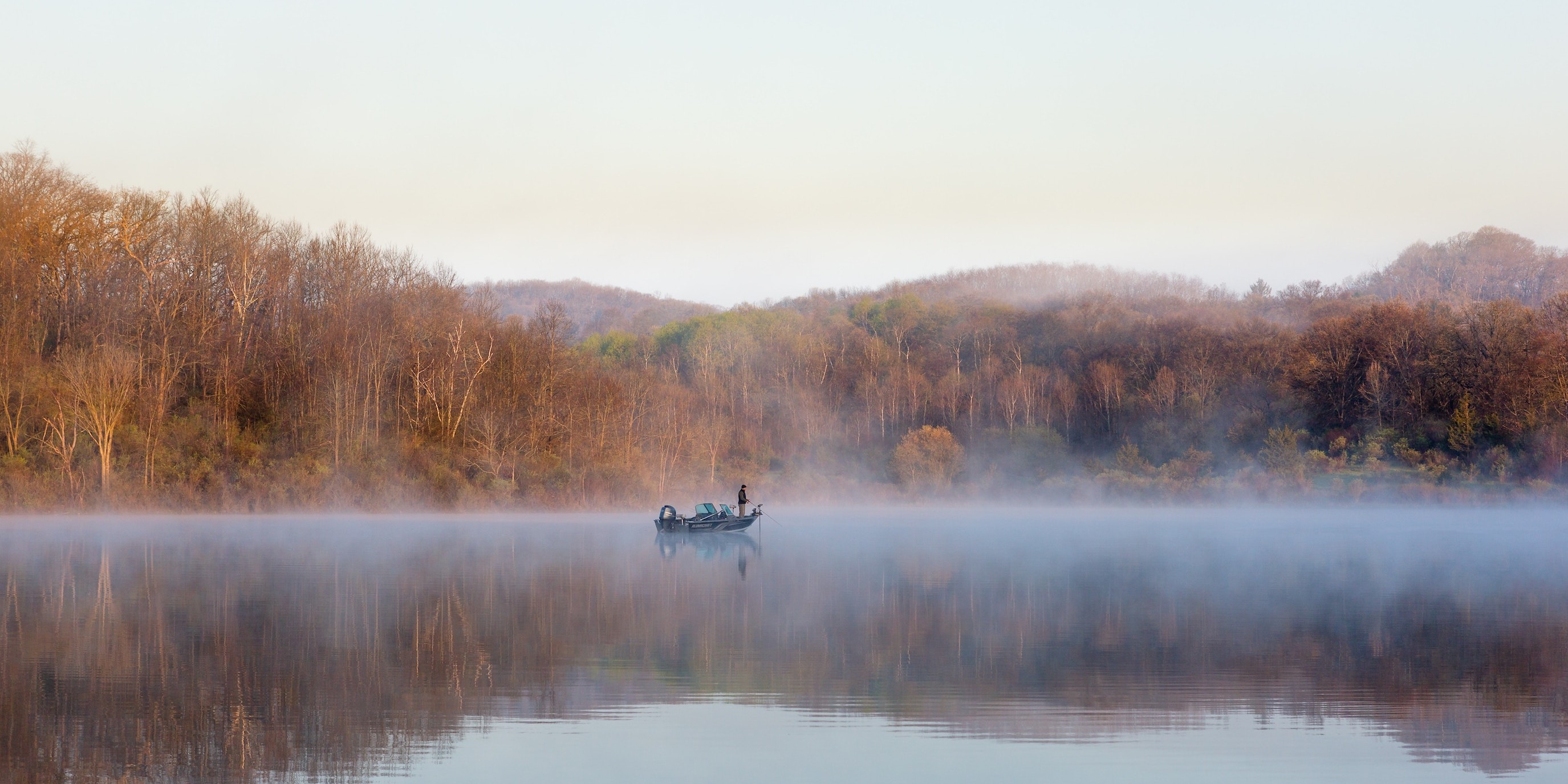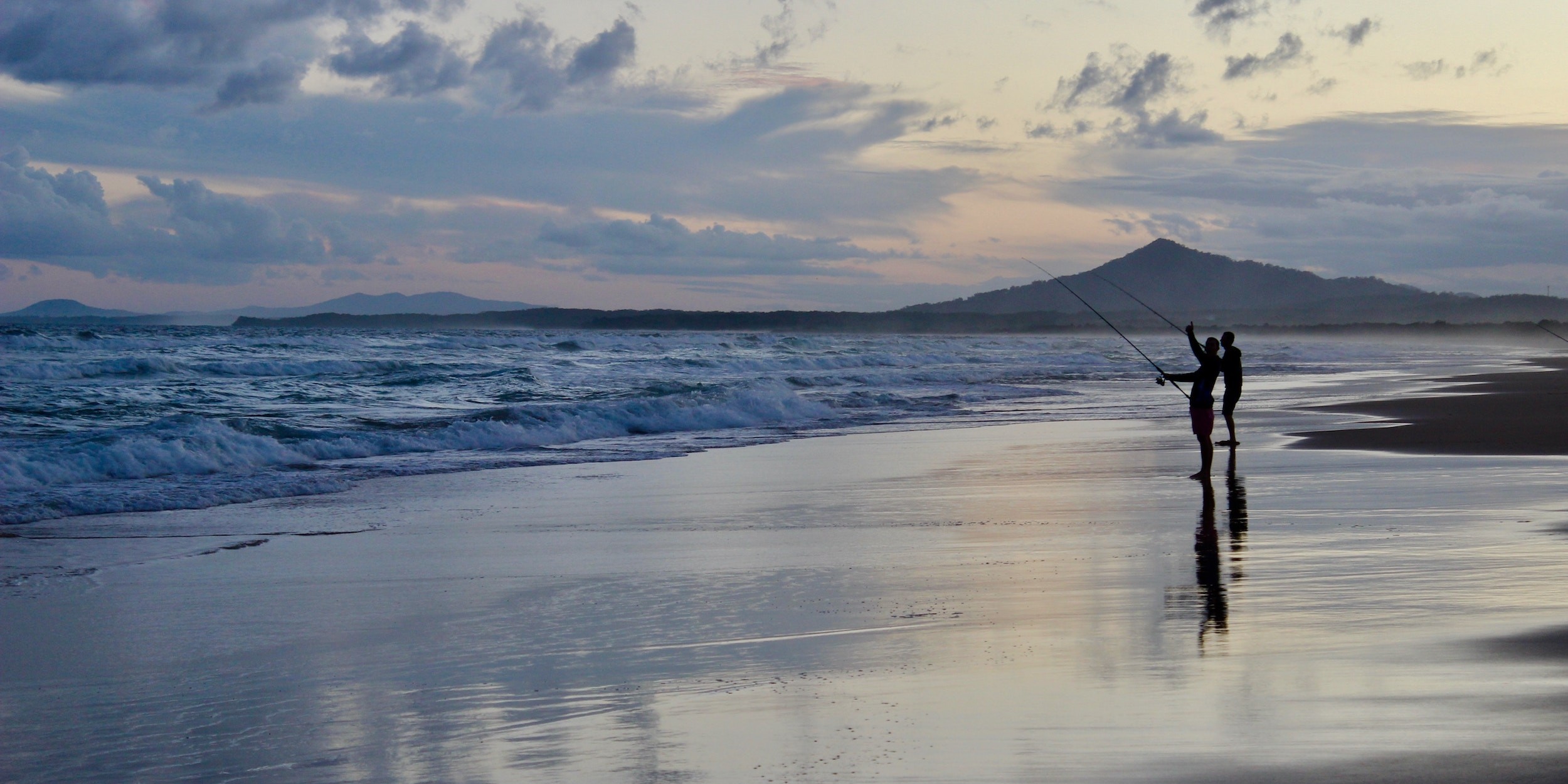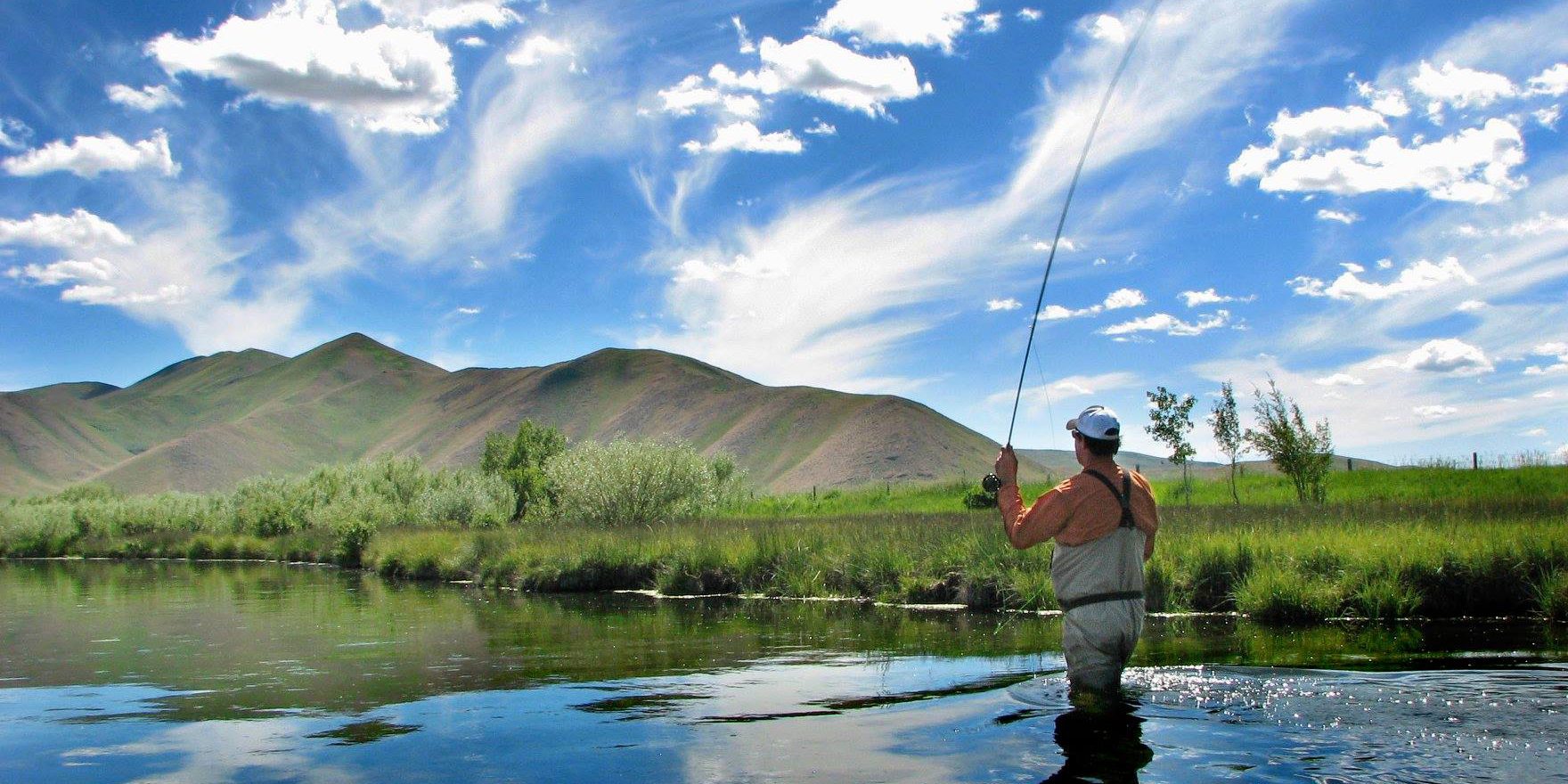Regardless of what species of fish you have just released, a trout, a sailfish, or a bass; there is always a lingering thought as you watch the fish swim off, “I hope it lives”. The stress fish go through between the fight, and release, can leave grim chances for survival. This often leads anglers to question the reasoning behind catch and release methods. Some anglers enjoy fishing just for the sport and do not enjoy harvesting the fish. Others have to follow catch and release protocol due to regulations in their area. When catch and release methods are followed properly, a fish has a much higher chance of survival, and the fishery overall can benefit from such methods.
Follow below for some of FishAngler’s and Keepfishwet.org’s best practices for catch and release fishing and fish survival.
Why Does Catch and Release Even Exist?
Fish normally targeted by anglers tend to exhibit traits that help maintain (or improve) the health of a fishery. Some examples are fish of impressive size, beauty or fight. In order for these traits to continue within the fishery, the fish must pass these traits on. The key is releasing a fish with as little stress as possible giving it a greater chance at a quick recovery.
Beware the Warmth
Always be careful handling fish when temperatures rise. Hot weather often depletes oxygen levels in the water making it harder for fish to recover from the fight. Limiting the fight time of the fish, and keeping them from the point of exhaustion, can also help greatly in their ability to recover in hot weather.
Slippery When Wet
Your catch has a greater chance at surviving the release by acknowledging some of the basic requirements a fish has for survival. These basic requirements include water, slime and being in a horizontal position. Fish live in the water and they get their life source from the water and oxygen. Instead of lungs fish have gills. The fish beat their gills, moving water through them, pulling oxygen from the water. The longer a fish is out of water the longer they are going without oxygen. Try to keep fish wet as long and as much as possible. It’s ideal for the fish to remain in the water while the hook is removed and during photos.
Slime?!
Fish are covered in a slime that helps protect them. This slime easily stays on them in the water, but when a fish comes into contact with dry surfaces like a boat deck, your hands, or a river bank, the slime is compromised and so is their health. When practicing catch and release, try to handle fish as little as possible on dry surfaces. If you need to use your hands, wet them first. The same goes for using a damp part of a deck or riverbank to help maintain the slime on your catch.
Fish Live Horizontally
Fish internal organs are set inside their body based on their horizontal body position. It is not normal for them to be held vertically by the jaw, or tail. Doing so causes all of their organs to shift to one side of their body. Then when they are placed back horizontally it takes some time to regain alignment. Which causes them more time to recover overall.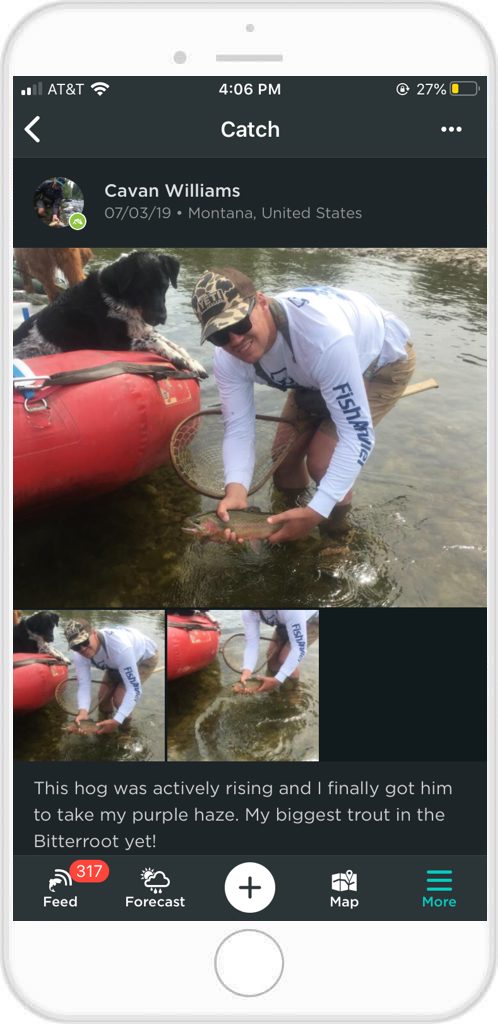
Tools for the Trade
Barbless hooks, pliers, artificial baits and other tools are all useful in lowering stress on caught fish. Barbless hooks make hook removal easier, while doing less damage to a fish’s mouth. Pliers will help remove hooks much quicker and minimize the time you handle fish. Nets are a fantastic way to ease the stress of fish, but not all net materials are made the same. Rubber nets are less abrasive on fish slime and scales and are less likely to entangle hooks like nylon nets. Tools like lip grippers should only be used when handling toothy fish, as grippers can cause damage to a fish’s mouth.
To Recap
When practicing catch and release, do your best to keep the fish in the water as long as possible, handle as little as possible and maintain the fish in a horizontal position.
These guidelines may make it seem impossible to get a picture of your catch, but here are some tips for photographing your catch before you release!
- Hold the fish in the water with one hand by the head and one by the tail (maintaining the horizontal position.)
- From here, there are two options:
- One, hold the fish on the surface with one gill still in the water.
- Two, once the camera is ready, lift the fish out of the water quickly, get the picture and then lower back into the water.
- Best case scenario you have a net, leave the fish in the net at or near the surface of the water to get the picture.
- If you have a waterproof camera, use the opportunity to get some cool underwater shots of the fish. You can get creative while also maintaining the health of the fish!
Thanks for practicing catch and release fishing responsibly. Here’s to tight lines whether or not you keep your catch!
– Christina A., Marine Biologist, FishAngler
Download the FishAngler app for FREE!
